Buenos Aires, Argentina: A City Guide
Buenos Aires, often referred to as the “Paris of South America,” is a city that boasts grand architectural designs, intricate cultural tapestry, and an undying passion for football and tango. This comprehensive guide aims to provide visitors with detailed maps focusing on various aspects of the city life: streets, hotels, metro stations, airports, and restaurants.
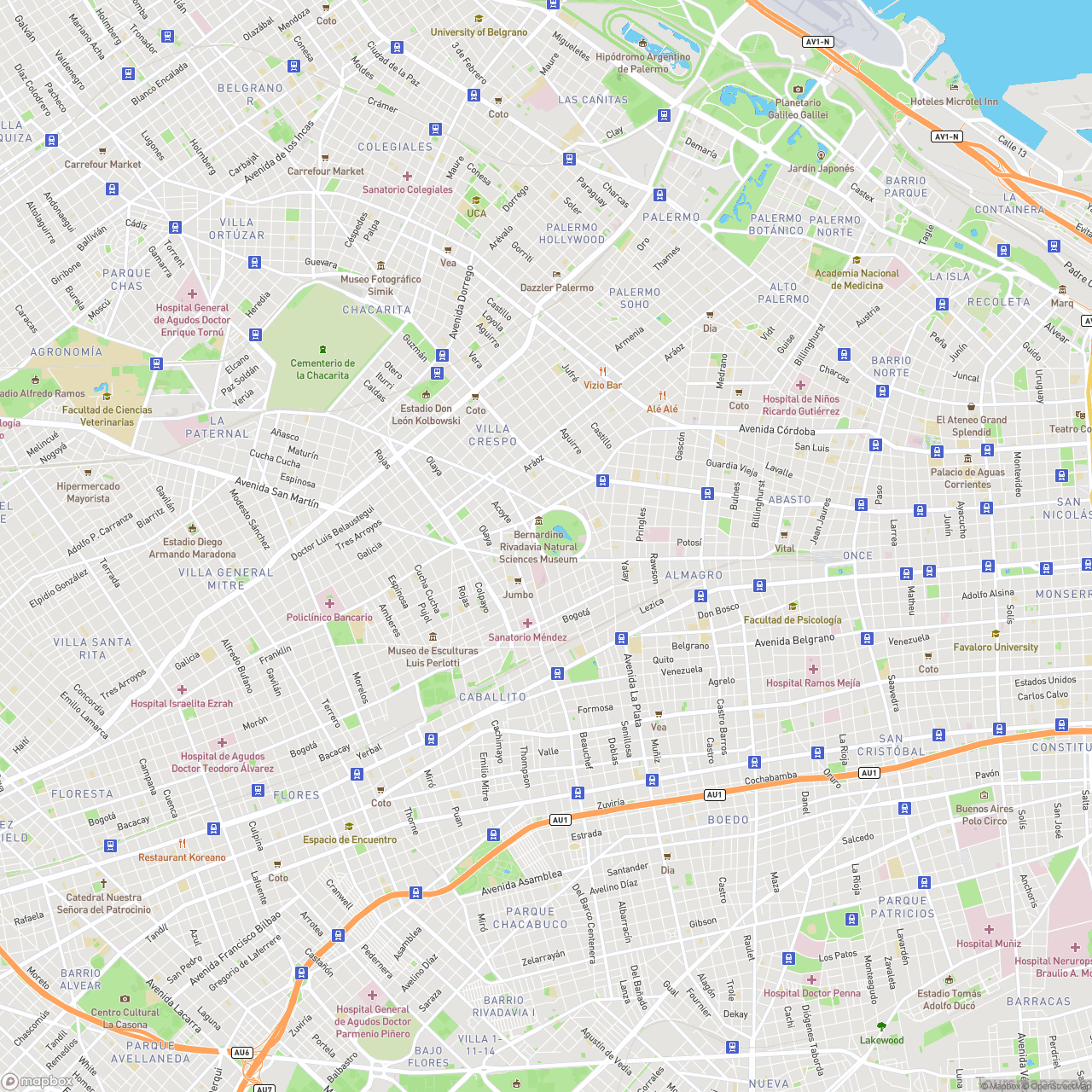
Exploring the Vibrant Streets of Buenos Aires
The streets of Buenos Aires are more than just transportation routes; they are historical corridors, cultural milestones, and a canvas for artistic expression. The city’s European heritage is evident in its boulevards, reminiscent of wide Parisian avenues. The Avenida 9 de Julio, known as the world’s widest avenue, is a prime example, with the iconic Obelisco standing tall as a city landmark.
As you wander through different neighborhoods, each reveals its unique character. Palermo is known for its chic boutiques and bars, while San Telmo offers a more bohemian vibe with its cobbled streets, passionate tango performances, and Sunday antiques market. Not to be missed, La Boca’s Caminito street provides a colorful backdrop for photographs, its vibrant buildings a nod to the city’s artistic soul.
Street art is a significant aspect of Buenos Aires’ culture, turning the city’s walls into outdoor galleries. The political and social commentary sprayed across buildings in the form of murals, graffiti, and stencil work reflects Argentina’s history and the local’s mindset.
Whether you’re exploring the aristocratic airs in Recoleta or immersing yourself in the working-class roots of La Boca, the streets of Buenos Aires promise a diverse cultural journey.
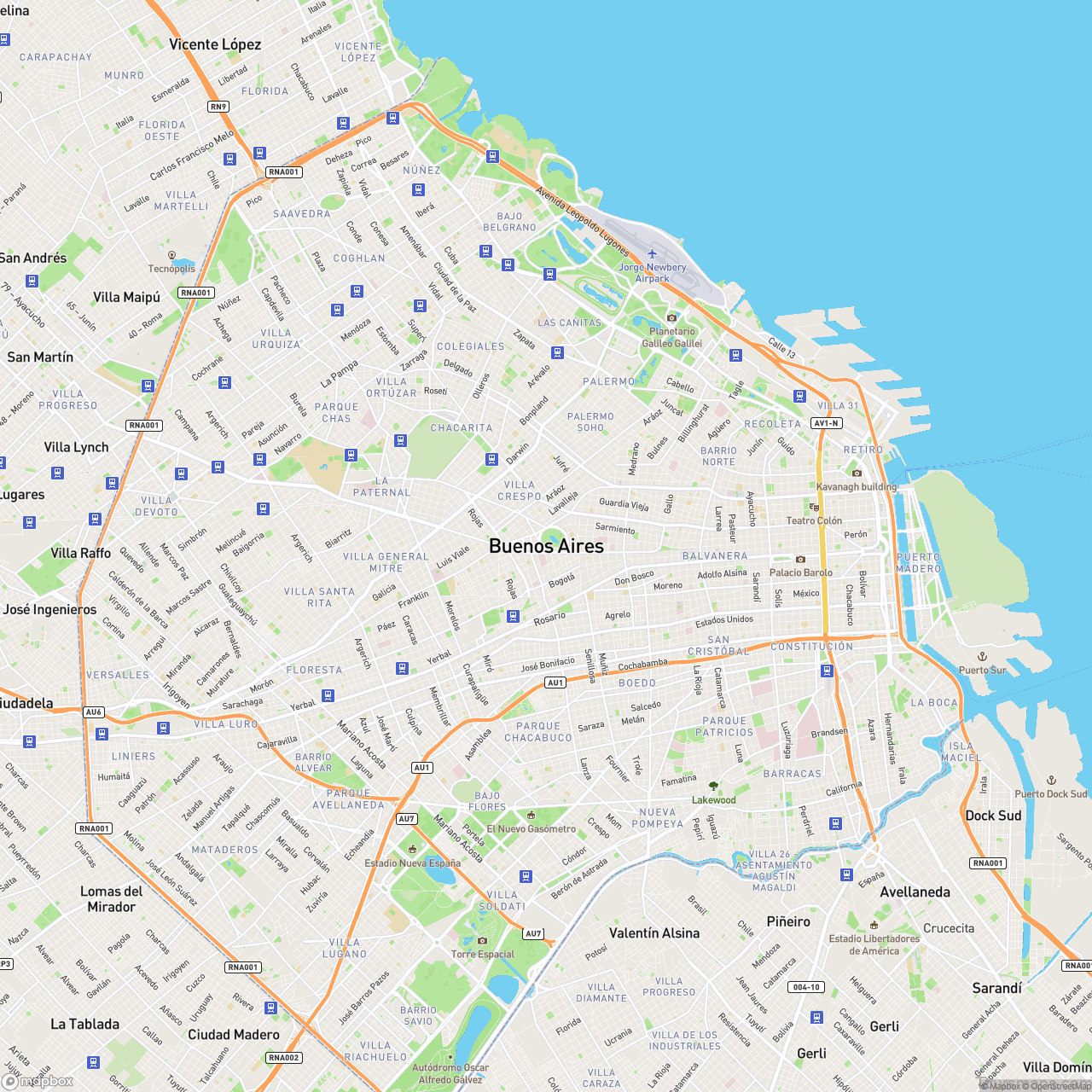
Discover Luxury and Comfort: Hotels in Buenos Aires
Buenos Aires, with its captivating European charm and modern luxuries, offers a plethora of accommodations to suit every traveler’s needs. The city is a hub for high-end hotels, cozy bed-and-breakfasts, and unique boutique stays, each providing an immersive experience into the local culture.
In the upscale neighborhood of Recoleta, luxury hotels pay homage to the city’s European heritage with their opulent design, offering views of ornate mansions and tranquil parks. Here, travelers can bask in the elegance of sophisticated suites, enjoy fine dining, or unwind in world-class spas.
For those seeking a more artistic atmosphere, Palermo is the go-to destination. Known for its vibrant arts scene, bohemian vibe, and bustling nightlife, this area hosts an array of boutique hotels. These establishments, often adorned with contemporary Argentinian art, offer a stark contrast to the city’s traditional accommodations.
Visitors looking for historic charm flock to San Telmo, where colonial-style buildings have been transformed into comfortable lodgings. These hotels, set against the backdrop of San Telmo’s antique shops, lively markets, and tango street performances, provide an authentic Buenos Aires experience.
Regardless of where you stay, you’ll find Buenos Aires’ hotels teem with the warmth of Argentinian hospitality, ensuring a memorable stay in this dynamic city.
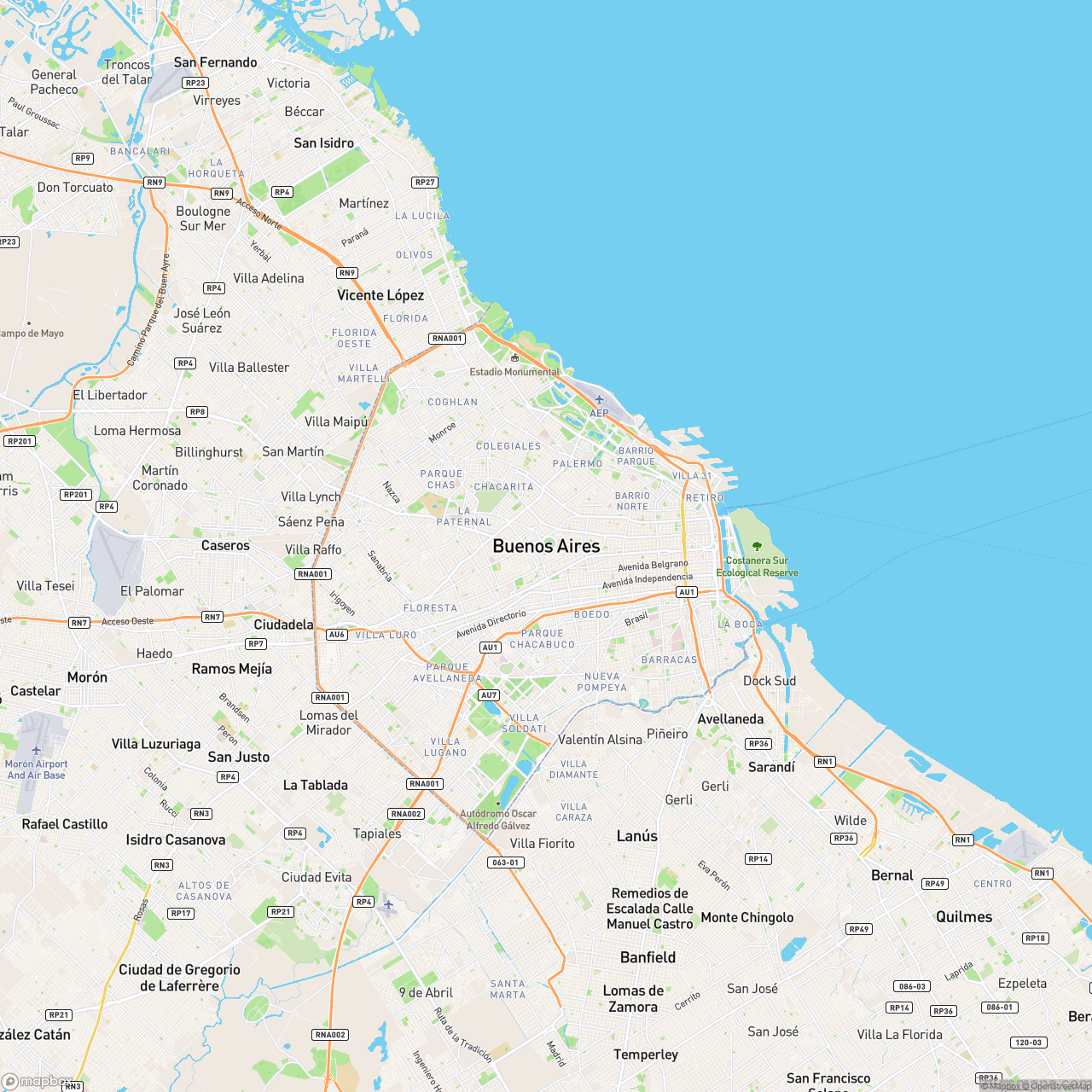
Navigating the Underground: Buenos Aires’ Metro System
Buenos Aires’ metro, locally known as “Subte,” from “Subterráneo” (meaning underground), is a key transportation mode connecting various points of interest throughout the city. With its first line opened in 1913, the Subte holds the title of the first underground metro system in the Southern Hemisphere, illustrating the city’s progressive infrastructure developments.
The Subte system, characterized by its painted murals and cultural performances, is more than a transportation network; it’s a cultural experience. Each line has its unique color, simplifying navigation for locals and tourists alike. The stations, many of which are adorned with artwork, reflect the city’s artistic flair and historical richness.
Key touristic spots are easily accessible via the Subte. For instance, Line D takes travelers to the upscale neighborhood of Palermo, known for its shopping districts, trendy restaurants, and lush green spaces. Alternatively, Line A, with its classic wooden carriages, offers a nostalgic journey, stopping at the iconic Plaza de Mayo station, among others.
The Subte also connects to major bus and train stations, facilitating further travel within the city or to other Argentinian destinations. Efficient, affordable, and rich in cultural expressions, the Subte is an indispensable part of the Buenos Aires experience.
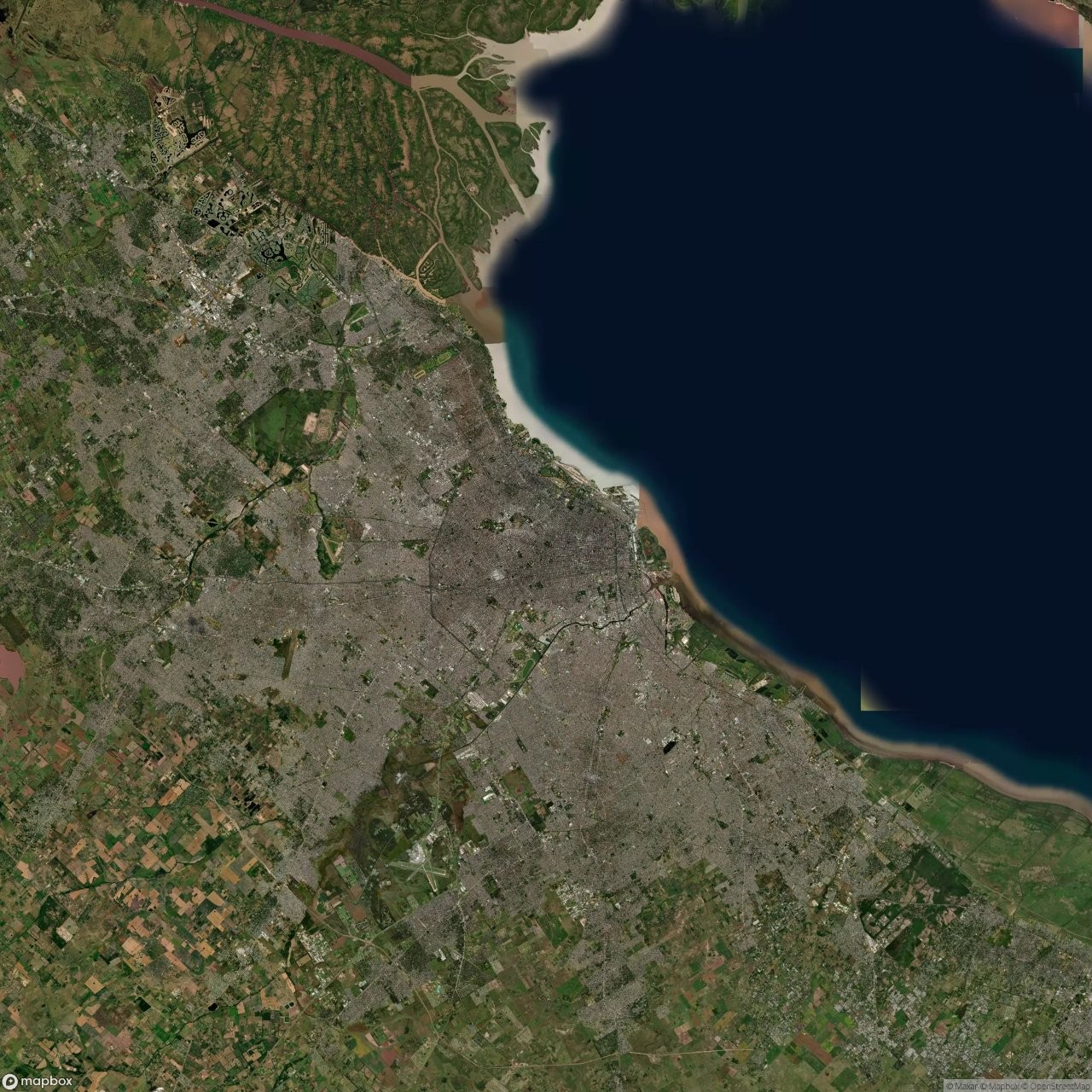
Gateway to the Skies: Airports of Buenos Aires
Buenos Aires is served by two major airports, reflecting the city’s status as a significant travel hub in South America. These gateways to the skies facilitate both international and domestic travel, connecting Buenos Aires to the world.
Aeropuerto Internacional Ministro Pistarini (Ezeiza) is the city’s primary airport, handling the bulk of international traffic. Located in the suburb of Ezeiza, it’s well-equipped to provide travelers with various services, from luxurious lounges to duty-free shopping. Regular shuttle services, taxis, and buses ensure convenient transfers to the city center, approximately 22 kilometers away.
Aeroparque Jorge Newbery, on the other hand, mainly manages domestic flights and some neighboring countries. Its proximity to the city center, just 2 kilometers away, makes it a preferred choice for quick, regional travel, offering passengers spectacular views of the cityscape during takeoff and landing.
Both airports boast facilities that reflect Buenos Aires’ charm, offering a range of dining options that serve local Argentinian cuisine, spaces for art exhibitions, and stores selling local crafts, allowing travelers to enjoy the city’s culture right from their arrival or until their departure.
Whether you’re flying into the cosmopolitan embrace of Ezeiza or utilizing the convenient locality of Aeroparque, your journey through Buenos Aires’ airports will mark the perfect start or end to your Argentinian adventure.
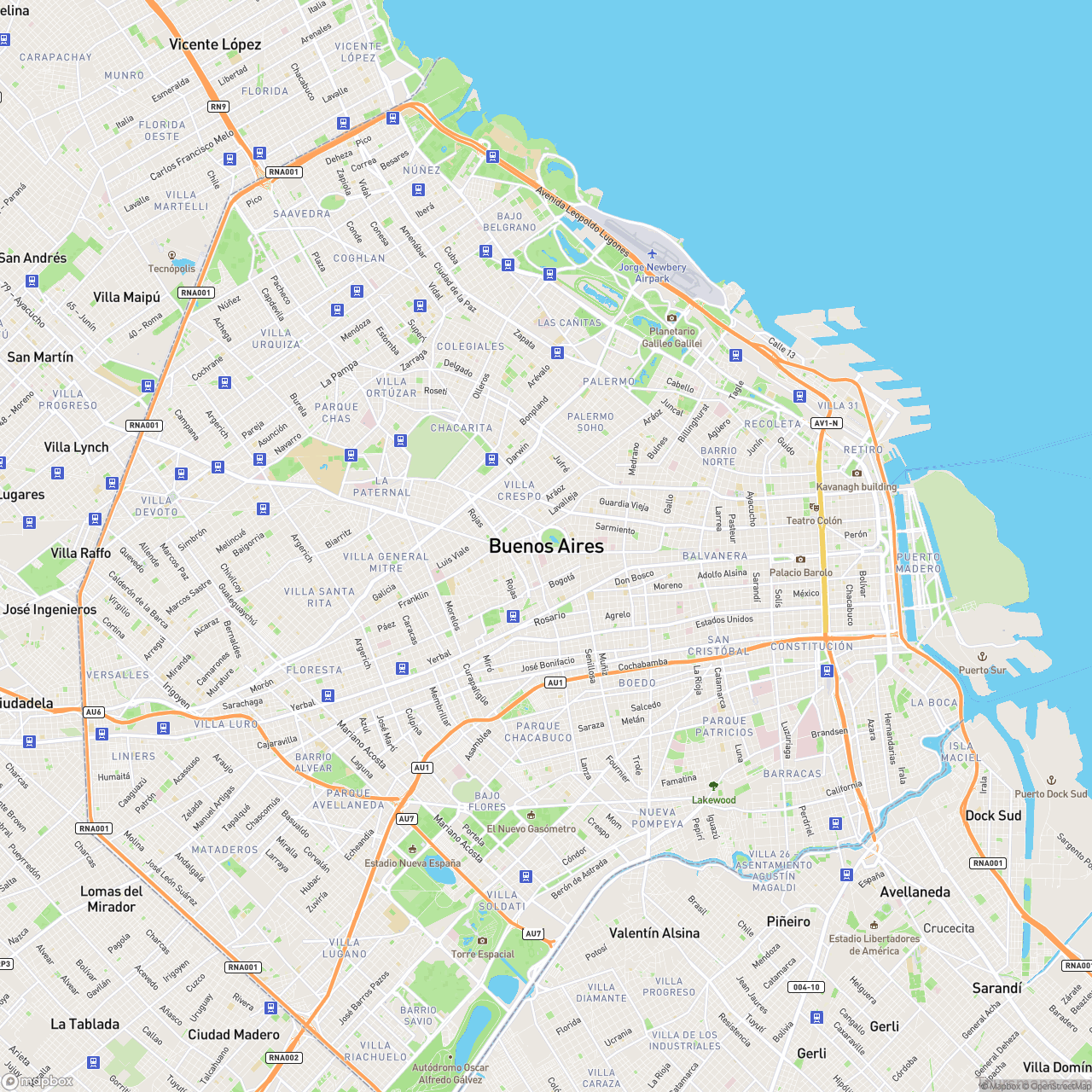
Culinary Delights: Exploring Restaurants in Buenos Aires
Buenos Aires, a paradise for food lovers, offers an eclectic mix of culinary experiences, reflecting its rich cultural heritage. The city is particularly famed for its steakhouses, known as ‘parrillas,’ serving succulent cuts of beef – a staple in the Argentinian diet.
In neighborhoods like Palermo, food enthusiasts can explore a vibrant dining scene. Trendy eateries, cozy cafes, and upscale restaurants line the streets, offering everything from traditional Argentinian fare to international cuisines. Here, one can indulge in the famed Argentinian steak, empanadas, and local wines, while enjoying the area’s lively atmosphere.
The historic San Telmo district, known for its colonial architecture and antique shops, also hosts a variety of dining options. Quaint restaurants and street food stalls serve local specialties, providing a rustic dining experience. The neighborhood’s weekly antiques fair, often accompanied by street performances, offers a unique backdrop for a leisurely meal.
La Boca, characterized by its colorful buildings and rich tango culture, offers a more authentic local dining experience. Amid the area’s artistic flair, visitors can enjoy hearty meals in a bohemian setting, often accompanied by live tango performances.
From the luxurious gourmet experiences in Recoleta to the charming eateries in La Boca, Buenos Aires’ restaurant scene is as diverse as the city itself, promising an unforgettable culinary journey to all who visit.
Frequently Asked Questions (FAQs)
1. What are some must-try dishes in Buenos Aires?
- Asado (Argentinian barbecue)
- Empanadas (stuffed pastry)
- Milanesa (breaded meat fillet)
- Choripán (sausage sandwich)
- Dulce de leche (sweet spread)
2. Are there vegetarian or vegan options available in Buenos Aires restaurants?
Yes, Buenos Aires has seen a rise in vegetarian and vegan eateries in recent years, catering to diverse dietary preferences.
3. Is it customary to tip in restaurants in Buenos Aires?
Tipping is customary, with patrons generally leaving around a 10% gratuity for good service.
4. Do restaurants in Buenos Aires offer international cuisine?
Absolutely. The city boasts a wide range of restaurants serving international cuisines, reflecting its cosmopolitan nature.
Table of Contents
Maybe You Like Them Too
- Explore Blavozy, France with this detailed map
- Explore East Lindfield, Australia with this detailed map
- Explore Bonferraro, Italy with this detailed map
- Explore Doncaster, United Kingdom with this detailed map
- Explore Arroyito, Argentina with this Detailed Map
